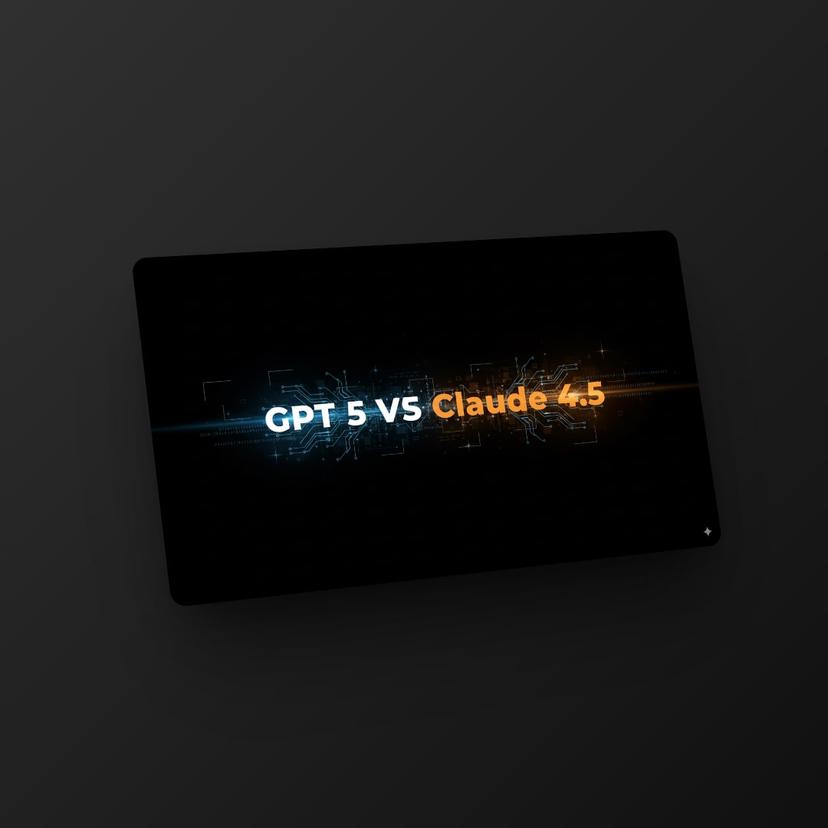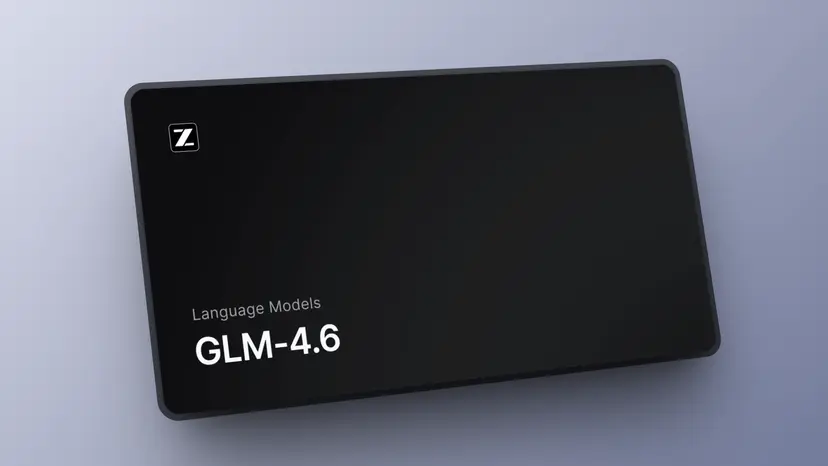OpenAI's 2025 Model Revolution: GPT-5, o3, o4-mini, and GPT-5-Codex Complete Guide
Comprehensive analysis of OpenAI's latest AI models released in 2025. Performance benchmarks, features, and real-world applications of GPT-5, o3, o4-mini, and GPT-5-Codex.
OpenAI's 2025 Model Revolution: The Complete Guide to GPT-5, o3, o4-mini, and GPT-5-Codex
The 2025 OpenAI Model Ecosystem Overview
The Four Pillars of OpenAI's 2025 Lineup:
- GPT-5: The flagship general-purpose model with thinking capabilities
- o3: Advanced reasoning model for complex problem-solving
- o4-mini: Cost-efficient reasoning for high-volume applications
- GPT-5-Codex: Specialized coding model with dynamic thinking
GPT-5: The Smartest, Fastest, Most Useful Model Yet
Revolutionary Unified System
- Smart Routing: Automatically selects the best model for each query
- Real-time Decision Making: Adapts based on complexity and user intent
- Seamless Experience: Users don't need to manually switch between models
Performance Benchmarks That Matter
- AIME 2025: 94.6% accuracy without tools 3
- Advanced Problem Solving: Expert-level mathematical reasoning
- Step-by-step Solutions: Clear explanation of complex calculations
- SWE-bench Verified: 74.9% success rate 3
- Aider Polyglot: 88% performance across multiple languages
- Complex Frontend: Superior UI generation with aesthetic sensitivity
- MMMU: 84.2% accuracy in multimodal tasks 3
- Visual Perception: Enhanced image analysis and interpretation
- Document Processing: Advanced PDF and image text extraction
- HealthBench Hard: 46.2% accuracy 3
- Medical Reasoning: Improved diagnostic assistance
- Patient Communication: Better health information delivery
Hallucination Reduction Breakthrough
- 45% Fewer Errors: Compared to GPT-4o in web search tasks
- 80% Reduction: When using thinking mode vs o3
- FActScore Improvements: Dramatic reduction in long-form content hallucinations
Real-World Applications
- Single-Prompt Websites: Create beautiful, responsive sites instantly
- Game Development: Build interactive games with aesthetic appeal
- Code Architecture: Better understanding of spacing, typography, and design
- Literary Depth: Enhanced rhythm and reader engagement
- Structural Consistency: Better adherence to specific formats
- Style Adaptation: Natural flow in various writing styles
- Proactive Questioning: Asks relevant follow-up questions
- Context Awareness: Adapts to user knowledge level and location
- Safety Focus: Emphasizes professional medical consultation
OpenAI o3 and o4-mini: The Reasoning Revolution
o3: The Ultimate Reasoning Model
- Full Tool Access: First reasoning model with complete ChatGPT tool integration
- Autonomous Operation: Can independently execute complex multi-step tasks
- Advanced Problem Solving: Excels in academic and real-world challenges
- Codeforces: New state-of-the-art performance
- SWE-bench: Superior results without custom frameworks
- MMMU: Leading multimodal understanding
- 20% Fewer Major Errors: Compared to o1 in expert evaluations
o4-mini: Efficient Reasoning for Everyone
- Fast Processing: Optimized for quick reasoning tasks
- Cost Efficiency: Significantly lower costs than o3
- High Volume: Better usage limits for frequent applications
- AIME 2024/2025: Best-performing model in its class
- Python Integration: 99.5% pass@1 rate with tool access
- Mathematics: Superior performance in STEM subjects
Tool Integration Breakthrough
- Web Search: Autonomous information gathering
- Python Analysis: Advanced data processing capabilities
- Visual Reasoning: Deep analysis of images and charts
- Image Generation: Creative visual content creation
- File Processing: Comprehensive document analysis
GPT-5-Codex: The Dynamic Coding Revolution
Revolutionary Dynamic Thinking
- Flexible Thinking: Adjusts reasoning time based on problem complexity
- Real-time Adaptation: Can extend thinking from minutes to hours
- No Fixed Limits: Up to 7 hours of reasoning for complex problems
- vs. Claude Code: Superior long-form reasoning
- vs. GitHub Copilot: More sophisticated problem-solving
- vs. Cursor: Better architectural understanding
Performance Metrics
- SWE-bench Verified: Outperforms standard GPT-5
- Code Refactoring: Superior performance on large repositories
- Review Quality: Fewer incorrect comments, more high-impact suggestions
- Terminal Integration: Direct command-line access
- IDE Support: Seamless development environment integration
- GitHub Integration: Native repository analysis
- ChatGPT Access: Available through conversational interface
Market Impact
- Cursor: $500M+ ARR in 2025
- Windsurf: Subject of major acquisition attempts
- Market Demand: Explosive growth in AI coding tools
Comparative Analysis: How They Stack Up
GPT-5 vs. Competitors
- Reasoning: GPT-5 thinking mode shows superior performance
- Tool Integration: More comprehensive tool ecosystem
- Factual Accuracy: Significant reduction in hallucinations
- Multimodal: Competitive visual understanding
- Context: Similar long-context capabilities
- Reasoning: Superior step-by-step problem solving
o3/o4-mini vs. Reasoning Models
- Tool Integration: First reasoning models with full tool access
- Autonomous Operation: Can complete complex tasks independently
- Versatility: Handle both analytical and creative tasks
Pricing and Availability
Access Tiers
- All Users: Basic access with usage limits
- Plus Subscribers: Higher usage allowances
- Pro Users: Access to GPT-5 Pro with extended reasoning
- ChatGPT Integration: Available to Pro users
- API Access: Available for developers
- Enterprise: Custom deployment options
- Plus/Pro/Business/Edu/Enterprise: Full access
- API: Future availability planned
- Multiple Interfaces: Terminal, IDE, GitHub, ChatGPT
Future Roadmap and Implications
Convergence Strategy
- Unified Capabilities: Combining reasoning with conversational abilities
- Tool Integration: Seamless access to external capabilities
- Natural Interaction: Maintaining human-like conversation flow
Industry Impact
- Productivity Revolution: Dramatic reduction in development time
- Quality Improvement: Better code architecture and fewer bugs
- Learning Acceleration: Enhanced understanding of complex systems
- Automation Opportunities: More tasks can be fully automated
- Decision Support: Better analysis and recommendation systems
- Customer Service: More capable and reliable AI assistants
- Hypothesis Generation: AI-assisted research and analysis
- Data Processing: Advanced analytical capabilities
- Collaboration: AI as a true research partner
Getting Started: Implementation Guide
Choosing the Right Model
- General Use: Start with GPT-5 for versatile applications
- Complex Reasoning: Use o3 for analytical tasks requiring deep thinking
- High Volume: Deploy o4-mini for cost-effective reasoning at scale
- Coding Projects: Implement GPT-5-Codex for development workflows
Best Practices
- Be Specific: Clearly define your requirements and constraints
- Use Context: Provide relevant background information
- Request Thinking: Ask models to "think through" complex problems
- Web Search: Leverage real-time information gathering
- Code Execution: Use Python integration for data analysis
- Visual Analysis: Upload images for detailed interpretation



